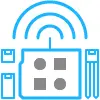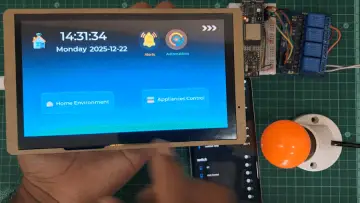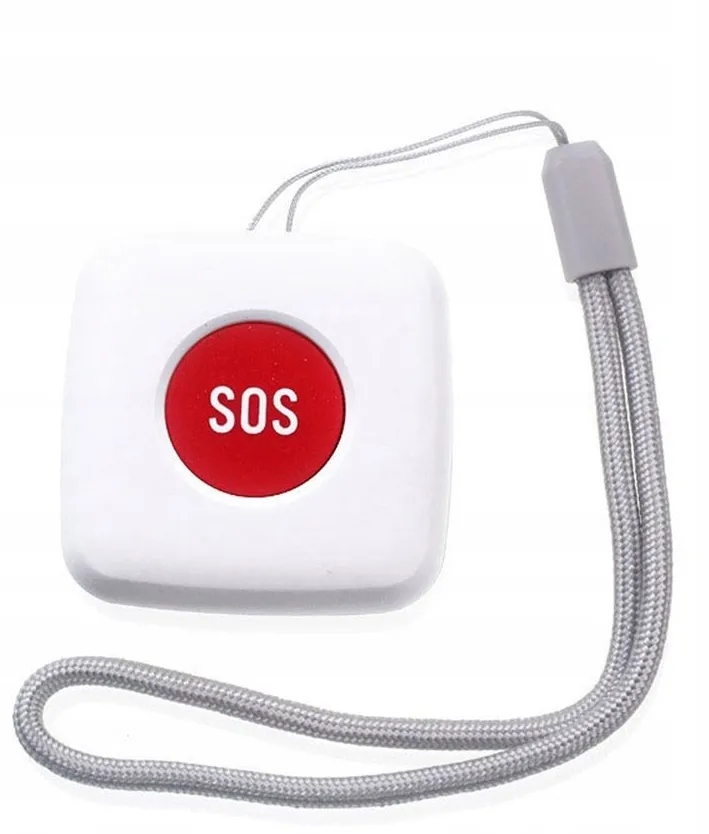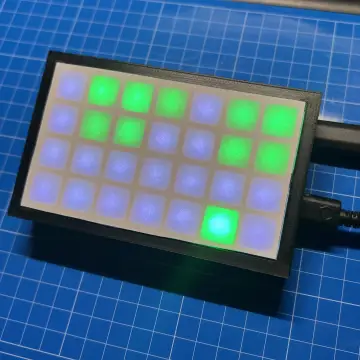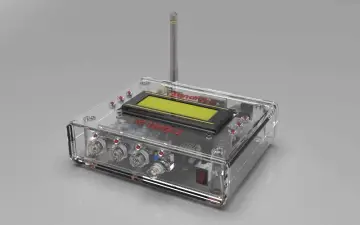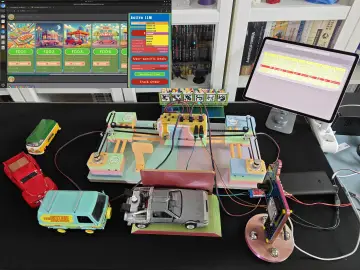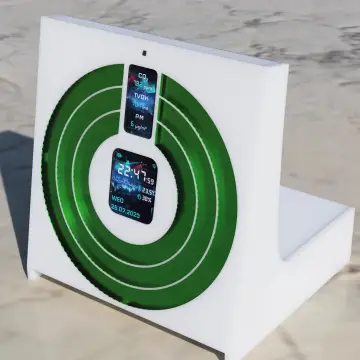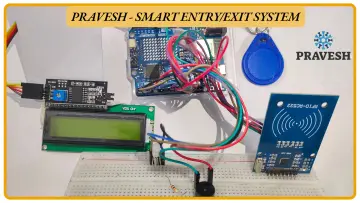Story
Panic Button – What It Is and How It Can Be Used
A panic button is a device or software function designed to help people quickly call for help in emergency situations. It can be a physical button or a virtual one, such as an app on a smartphone or computer. When activated, the panic button immediately sends an alert to emergency services, security personnel, or a designated contact.
The main purpose of a panic button is to increase personal safety. It is often used in places like banks, schools, hospitals, shops, or even in private homes. Panic buttons are also common in workplaces where employees may face threats or dangerous situations, such as late-night retail shifts or jobs involving handling large amounts of money.
There are many ways a panic button can be used:
- In case of a robbery or break-in, a silent panic button can alert the police without alerting the criminal.
- In medical emergencies, pressing the button can notify a caregiver or medical team.
- In schools, it can be used by teachers or staff to quickly report a threat or act of violence.
- In mobile apps, people can use it to share their live location and ask for help if they feel unsafe.
Panic buttons are a simple but powerful tool for improving safety and enabling a fast response in critical situations.
How it works?
This device is a compact and energy-efficient IoT unit designed for wireless communication and remote data monitoring. It is equipped with a LR1262 Long-Range LoRa wireless transceiver module, allowing it to transmit data over long distances with very low power consumption. The device operates within the LoRaWAN network, making it ideal for use in smart city infrastructure, agriculture, environmental monitoring, and industrial automation.
At the heart of the device is an AVR32DA48 microcontroller, a high-performance 8-bit MCU from Microchip’s AVR DA series. This microcontroller features:
- A 32 KB Flash memory,
- 4 KB SRAM,
- Up to 24 MHz CPU speed,
- Multiple serial interfaces (USART, SPI, I²C),
- Integrated analog peripherals (ADC, DAC),
- Low-power sleep modes for battery-operated applications.
The AVR32DA48 handles data processing, sensor input management, and communication control, ensuring efficient operation even in resource-constrained environments.
Thanks to the combination of LoRaWAN and the AVR32DA48, the device can:
- Collect and transmit sensor data over distances up to several kilometers,
- Operate for extended periods on battery power,
- Be integrated into various IoT ecosystems with minimal setup.
This makes it an excellent solution for applications requiring secure, low-power, long-range wireless communication with reliable microcontroller-based control and data management.








